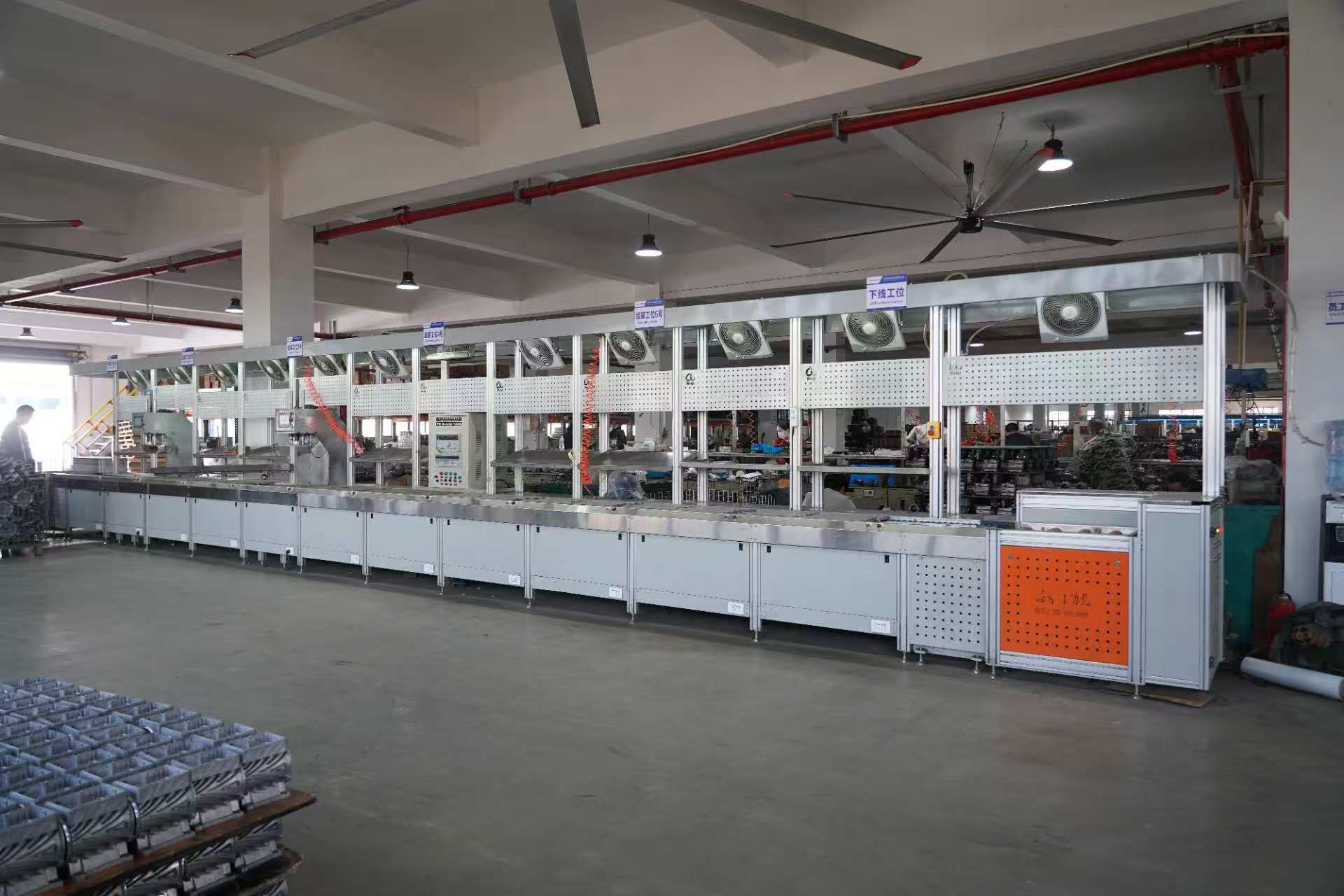Understanding Float Switches in Sewage Submersible Water Pumps
2025-06-02

A float switch operates on a simple yet effective principle. It consists of a buoyant component that rises and falls with the liquid level. When the water level reaches a predetermined point, the float switch activates or deactivates the pump. This automation is vital in preventing overflow or dry running of the pump, both of which can lead to significant operational issues.
One of the primary benefits of using a float switch in sewage submersible water pumps is its role in enhancing operational efficiency. By automating the starting and stopping of the pump, float switches help maintain optimal liquid levels, reducing the need for manual monitoring. This not only saves labor costs but also minimizes the risk of human error, ensuring that the pumping system operates smoothly.
Additionally, safety is a key consideration in industrial settings. Float switches contribute to the safety of sewage handling by preventing overflows, which can lead to hazardous conditions. Properly installed float switches can signal alarms or trigger pump shutdowns in case of unusual fluctuations in water levels, thereby protecting both personnel and equipment.
In terms of applications, float switches are commonly used in various industries, including municipal wastewater treatment plants, construction sites, and agricultural settings. Wherever there is a need to manage liquid waste effectively, these devices play a crucial role. Their versatility allows them to be used in different types of sewage submersible water pumps, making them an indispensable component in modern wastewater management systems.
Moreover, advancements in technology have led to the development of more sophisticated float switch designs. For instance, some modern float switches are equipped with advanced sensors that provide real-time data on liquid levels, allowing for better integration with monitoring systems. This technological evolution enhances the reliability and performance of sewage submersible water pumps, ensuring that they meet the demands of various industrial applications.
In conclusion, understanding the function and importance of float switches in sewage submersible water pumps can significantly enhance operational efficiency and safety in industrial environments. By automating the management of liquid levels, these devices not only protect against overflow but also contribute to the overall reliability of wastewater management systems. Investing in quality float switches ensures that your sewage pumping solutions are both effective and sustainable, paving the way for improved industrial practices.
Other blog
Maximizing Efficiency: Float Switches for Sewage Submersible Water Pump Systems
Maximizing Efficiency: Float Switches for Sewage Submersible Water Pump Systems Table of Contents 1. Introduction to Float Switches in Sewage Systems 2. Understanding Submersible Water Pumps 2.1 What is a Sewage Submersible Water Pump? 2.2 Key Components of Sewage Submersible Water Pumps 3. The Role of Float Switches in Pump Efficiency 3.1 How Float Switches Operate 3.2 Benefits of Using Float Swi
Understanding Float Switches in Sewage Submersible Water Pumps
In the realm of industrial equipment, particularly in the field of pumps and vacuum devices, understanding the intricacies of components like the float switch in sewage submersible water pumps is essential. Float switches are integral devices that help manage the liquid levels within a tank or basin, making them particularly important in wastewater management. A float switch operates on a simple y
Understanding the Importance of Float Switches in Sewage Submersible Water Pumps
Understanding the Importance of Float Switches in Sewage Submersible Water Pumps Table of Contents 1. Introduction to Sewage Submersible Water Pumps 2. Overview of Float Switches 3. How Float Switches Function in Sewage Pumps 4. Types of Float Switches Used in Sewage Pumps 5. Benefits of Using Float Switches 6. Proper Installation Techniques for Float Switches 7. Maintenance Tips fo






